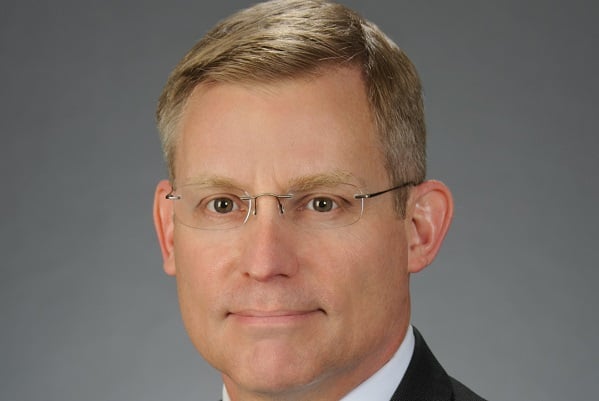Chicago, IL–JLL recently announced Jay Johnson was assuming the role of managing director, JLL Healthcare. His mandate is to grow the healthcare business across US markets, and partner with JLL Healthcare Solutions in servicing healthcare organizations.
“As health systems simultaneously grow larger and zero in on more convenient healthcare delivery, they're faced with more complicated real estate needs than ever,” Johnson tells GlobeSt.com. “People are looking for more clarity and leadership as they grapple with healthcare delivery issues. It's a shining opportunity for us.”
The US healthcare sector accounts for nearly 18% of gross domestic product and is expected to grow about 5% annually through 2025. According to JLL's latest Construction Outlook, the sector recorded 26 million square feet of hospital construction completions and 12 million square feet of medical office building construction completions in 2018.
Medical Office Buildings
That said, medical office buildings (MOB) have a solid place in the delivery of healthcare for many reasons including our aging population who are living longer and needing various levels of care.
More services are needed as consumer expectations are high and have shifted from the in-patient to the out-patient setting. Medical office buildings are well occupied at 90% or higher within the last decade. MOB REITS are very steady and have been for the last two decades.
“We are starting to see MOB's rents rise. Demand is increasing more than the available supply,” explains Johnson. “Some of the existing stock is also getting older and so tenants and physicians are wanting newer spaces and those higher rents are justifying new constructions. The market is being driven by solid and increasing demand.”
Retail and Healthcare
The retailization of healthcare has been an emerging trend and will continue as the U.S. has been over-retailed—meaning not enough retail occupancy to fill all the vacant retail spaces, especially the older facilities.
“These vacant retail spaces are attractive because they are flexible, well-located, have great visibility and lots of parking,” explains Johnson. “Suburban shopping malls are often transformed into healthcare spaces.”
A Major Challenge
One major challenge in healthcare is the shift towards outpatient care where care is not being delivered in a concentrated hospital setting but near to where people reside. A lot of the health systems do not necessarily know how to provide healthcare to the patient in the outpatient setting, Johnson says.
“One has to be careful to not build where there is no demand. Poor location deliveries can be very costly. For example, one company built a collection of microhospitals and couldn't determine why they were doing so poor. Location analytics cannot guarantee success but it can take a lot of the risks away,” says Johnson.
“As the industry matures, there will be a better understanding of location determinants and the healthcare industry, including healthcare real estate, will need to figure out the outpatient opportunities and how to make them successful,” concludes Johnson. “We are already on that journey.”
© 2025 ALM Global, LLC, All Rights Reserved. Request academic re-use from www.copyright.com. All other uses, submit a request to [email protected]. For more information visit Asset & Logo Licensing.








